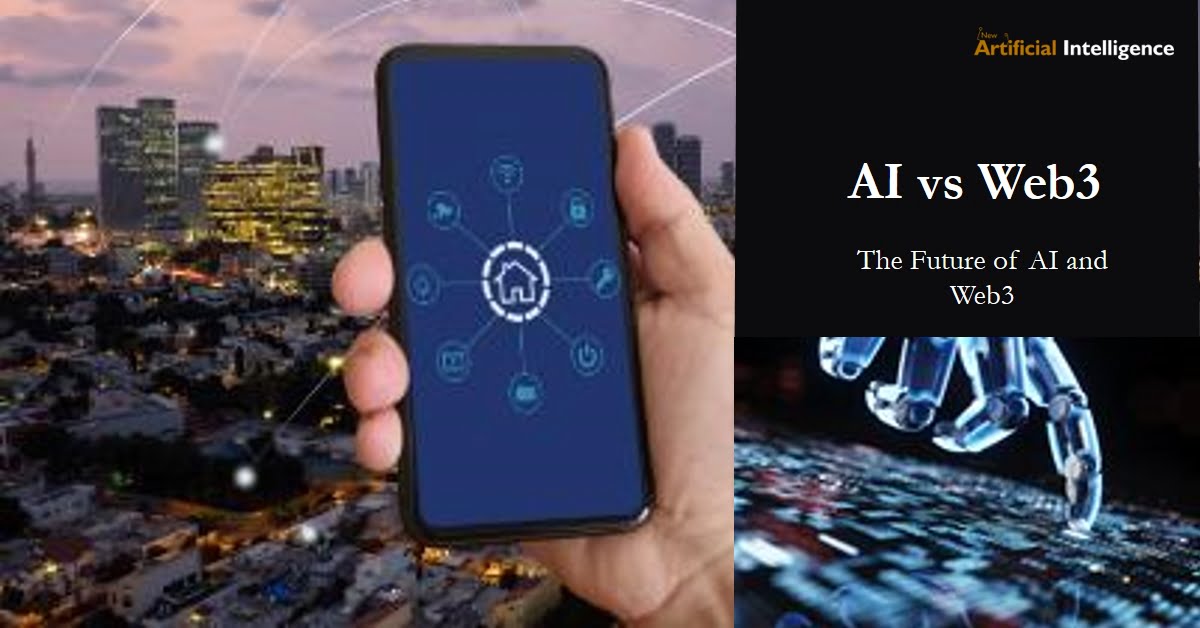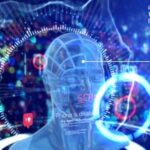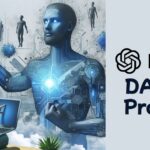AI vs Web3: 4 Key Differences for Web 3.0
The internet is at a crossroads. After decades under the thumb of centralized giants, whispers of a revolution hum through the ether. This christened Web 3.0 revolution promises a web built on the bedrock of decentralization, user ownership, and trust. But in this developing landscape, two crucial pillars are emerging: Artificial Intelligence (AI) and Web3. While both hold immense potential, understanding their fundamental differences is paramount for navigating the complex and exciting terrain of Web 3.0.
1. Nature and Purpose:
AI: At its core, AI is about recreating human intelligence within machines. Through machine learning, deep learning, and natural language processing, AI algorithms mimic human thought patterns, analyze data, and make intelligent decisions. Its primary aim is to automate tasks, personalize experiences, and optimize processes, often exceeding human capabilities in specific domains.
Web3: Web3, on the other hand, represents a paradigm shift in the structure of the internet. It envisions a decentralized web built on blockchain technology, empowering users with ownership and control over their data and digital assets. Its focus is creating trust, stopping doorkeepers, and democratizing entrance to online platforms and resources.

Case Study: AI vs Web3 in Decentralized Finance (DeFi):
Imagine your bank account, but the power lies with a community instead of a faceless corporation managing it. This is the essence of DeFi, a Web3 phenomenon powered by smart contracts on blockchains. Here, AI can play a crucial role in optimizing loan algorithms, analyzing financial instruments, detecting fraudulent activity, and enhancing the security and efficiency of DeFi platforms. However, Web3’s core principles ensure no single entity controls the AI models, preventing potential manipulation and promoting fair access to financial services.
2. Data and Governance:
AI: AI thrives on centralized data collection and analysis. Algorithms are often trained on vast datasets owned by large corporations operating within closed systems. While advancements in federated learning and secure multi-party computation aim to address privacy concerns, centralized data ownership remains a central critique of traditional AI.
Web3: Web3 embraces decentralization at its core. Data is stored and governed across distributed networks, removing the single point of failure and censorship inherent in centralized systems. Users own and control their digital assets and data, participating actively in the governance of platforms and protocols through on-chain voting and community-driven decision-making.

Case Study: AI and Data Ownership in the Art World:
NFTs, unique digital assets powered by blockchain technology, have revolutionized the art market. AI can be used to generate stunning, dynamic art pieces or even personalize artistic experiences. However, Web3 ensures artists retain ownership and control over their AI-generated creations, receiving royalties with each transaction, unlike traditional AI art models where ownership often sits with corporations.
3. Applications and Impact:
AI: AI applications permeate our daily lives. AI algorithms quietly impact and improve various domains, from personalized shopping recommendations to self-driving cars and medical diagnoses. However, concerns regarding privacy breaches, algorithmic bias, and potential job displacement due to automation highlight the need for responsible AI development and governance.
Web3: Web3 is still in its infancy, but its potential is undeniable. DeFi enables peer-to-peer financial transactions, DAOs allow community-driven governance of online projects, and NFTs unlock new avenues for digital ownership and creative expression. However, scalability challenges, user interface complexity, and potential vulnerabilities remain hurdles for broader adoption.

Case Study: AI and Decentralized Content Creation:
Imagine a platform where creators own and monetize their content directly without relying on centralized giants. Web3 protocols already facilitate this vision. AI can personalize content recommendations, optimize distribution channels, and assist creators. This symbiosis empowers creators, democratizes content access, and challenges the monopolistic structures of traditional media.
4. Collaboration or Collision?: AI and Web3’s Interplay
While their philosophies may seem divergent, AI and Web3’s potential for synergy is undeniable. AI can enhance security and scalability in Web3 applications. At the same time, Web3‘s decentralized infrastructure can provide a secure and ethical framework for AI development and data governance. This fusion paves the way for the rise of AI Web3. In this future, AI algorithms operate within transparent, community-driven ecosystems, addressing concerns around ethics and data ownership.
Navigating the Web 3.0 Landscape:
Understanding the key differences between AI and Web3 empowers you to actively shape the internet’s future. Consider these insights:
- Embrace both technologies: Both AI and Web3 offer transformative potential. Recognize their strengths and explore collaborative applications.
- Prioritize decentralization: Web3’s core principles offer a chance to reshape the power dynamics of the internet. Advocate for user ownership, control, and community-driven governance.
- Demand ethical AI development: AI should be harnessed for good, ensuring transparency, fairness, and accountability. Support initiatives that prioritize responsible AI development within the Web 3.0 framework.
- Get involved: Explore decentralized projects and platforms that leverage AI, invest in responsible AI-powered initiatives, participate in online communities discussing AI Web3, or contribute your skills and expertise to developing this exciting new technological landscape.
Embrace the Potential, Shape the Future:
- AI and Web3 represent an exciting crossroads for the internet, a chance to build a decentralized, user-empowered future driven by responsible innovation. By understanding their differences, fostering collaboration, and actively shaping their evolution, we can co-create a Web 3.0 that benefits everyone. So, let’s embrace the potential, navigate the challenges, and together, paint a vibrant and equitable future for the Web 3.0 canvas.
FAQs:
How can I protect my data in a Web3 ecosystem?
While Web3 emphasizes user control, understanding data security protocols and choosing platforms with clear privacy policies is crucial. Research, engage with communities, and leverage decentralized identity solutions to navigate data sharing responsibly in the Web3 space.
What are the biggest challenges for mainstream adoption of AI Web3?
Scalability remains a hurdle, requiring innovative solutions for handling complex computations efficiently within decentralized networks. User education and simplified interfaces are vital for broader adoption, ensuring user-friendliness and accessibility for even those unfamiliar with technology.
Can AI be used to manipulate Web3 systems?
Centralized data ownership within AI models or opaque algorithms influencing governance decisions poses potential risks. Web3 requires ongoing attention to transparency, community engagement, and ethical AI development to ensure its core principles remain intact and safeguard against manipulation.












1 thought on “Understanding AI vs Web3: 4 Key Differences for Web 3.0 Success”